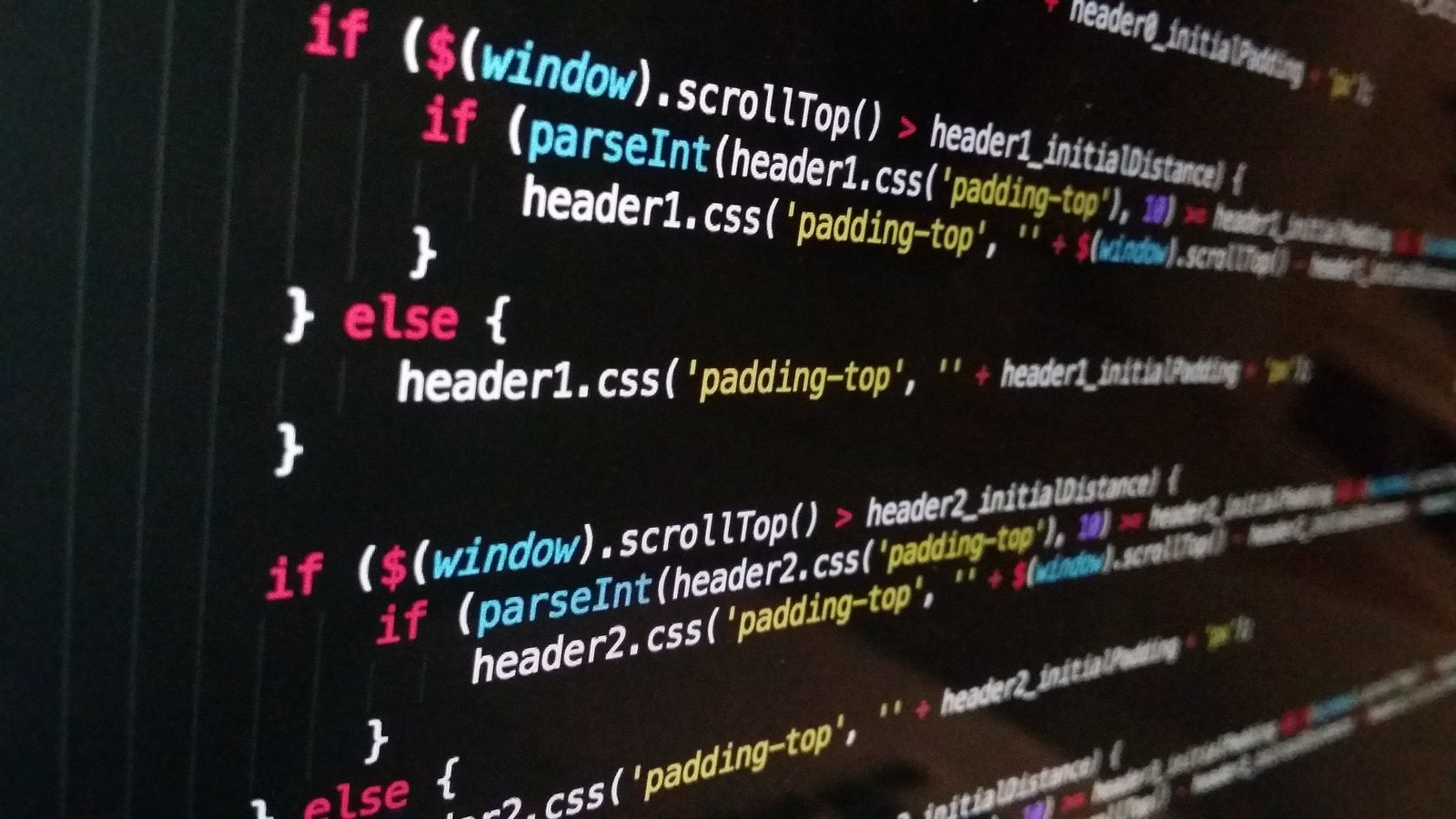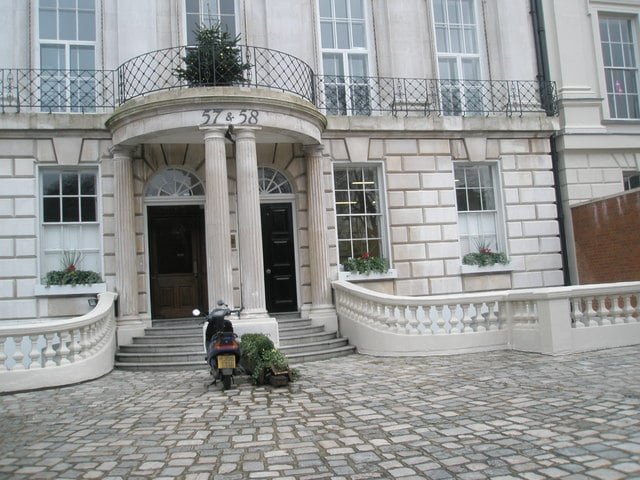A reflection on Australia’s vote for same-sex marriage, one year to the day since it was enshrined into Australian federal law.
Today, the 7th Dec 2018, commemorates the one year anniversary since the Australian parliament passed same-sex marriage (SSM) legislation. This was the culmination of a government-run nationwide postal vote which had concluded with 61.6% of Australians voting in favour of same sex marriage.
The voter turnout was high at 79.5%; incredible given that, unlike Australian elections, not only was the poll non-compulsory and non-binding, but each vote could potentially be traced as they were individually barcoded and allocated to specific households. Yet little was made of such privacy concerns.
Either voting is ingrained in the national psyche, or Australians were passionate about what had become a polarising, volatile debate.
A Sydney based friend, recalling the amazing spirit of camaraderie during the Sydney 2000 Olympics, commented that the SSM poll had been the opposite, it had torn Australians apart.
This description was apt considering I had long felt that the Olympics had been Australia’s last moment of innocence. The mandatory bag checks seemed unnecessary in our virtually terrorist free country. Less than a year later 911 changed all of that.
The push for same-sex marriage started not long after.
By 2017 people were over it. Pent-up frustrations came to a head during the postal vote campaign. Some felt SSM was a fringe issue unworthy of such expense and attention when there were so many more pressing problems. For Pro-SSM voters, it was a human rights issue that should have been legislated already.
Under the hashtag #TheyGetToVoteOnThis, many gay people cited the horrific treatment meted out to them during their lives for merely being gay, “The first and only time I held another boy’s hand out in public I got bashed by a group of guys…” “My grandparents and aunties and uncles rejected me…” “My old school principal and archbishop etc. gave everyone in my school a small booklet on how being gay is a sin…”
After such a long history of oppression, it shouldn’t have been a surprise that the gay community was passionate about the issue. Many could still recall the days when homosexual acts had been criminalised. The SSM vote was their moment to redress the balance.
But the militancy of some of the LGBT lobby made some Australians concerned. Some anti-SSM voters welcomed the chance to ‘have their say’ given that many felt that they had been bullied into silence by the LGBT lobby, a partisan media, and corporate interests.
Perhaps the most pertinent example of this was at the height of the debate a Yes voter felt emboldened enough to announce on Facebook that she was sacking her No voting staff member.
Acts like this soured many of the undecided camp, which wondered what was next on the LGBT agenda. While polls over the years had calculated Yes would win, during the campaign, some research suggested the No vote was growing.
One pundit took to social media and summed up what many others were feeling, “I’m still undecided at this point in time. A year or two ago I would have supported it, but having seen the recent insanity from the SJWS (social justice warriors) and their gender fluidity agenda and encouraging those with gender dysphoria to transition plus the left’s bullying and opposition to free speech, I’m seriously considering voting no.”
In particular, many people had misgivings about the Safe Schools program that had been implemented into some Australian schools. Billed as an anti-bullying program to help LGBT kids, some believed it had an extreme agenda of promoting gender fluidity and homosexuality.
Other ‘slippery slope’ concerns included worries that legislating SSM could lead to a successful push for polygamy to be legalized too.
Those who voiced such matters were decried as a bunch of homophobes. As a result, most No voters were reluctant to speak up. But from my own interactions, I discovered that many had no issue with homosexuality per se. Their anti-SSM reasoning varied, from the slippery slope arguments to holding a traditional view of marriage. Not all were religious, and often they came from ‘mixed’ Yes and No families and felt conflicted about their vote.
On the other hand, some religious figures appeared to be milking such sentiment, expressing that they had no problem with gay rights in general, only same-sex marriage, but some of their histories would appear to suggest otherwise.
Because while some of the Yes voters seemed to be doing their best to purge the workforce of the anti-SSM crowd, some of the religious lobby was also playing tit for tat. An Archbishop threatened that if the Yes vote were to win, he would sack any employee who exercised their right to have a same-sex marriage. Cruel homophobic taunts could also be found on social media, proving that some of the No voters were indeed bigots.
But surprisingly not all gay people themselves were voting. Yes, a fact that had gone under the radar until the No campaigners uncovered some.
Indeed a 2007 NSW survey of LGBT people, carried out by the NSW Gay and Lesbian Rights Lobby itself found that if given the opportunity of marriage over other relationship options, only 42% would have chosen marriage, compared to 50% who would have chosen either a civil union or a de facto relationship. Even more surprising was only 74% thought that marriage should be available to same-sex couples. Obviously, still a large majority and more views possibly shifted towards Yes in the ensuing decade, but the significance of this was that the LGBT community was not itself unified on the issue.
During the 2017 campaign, the reasons gay voters gave for supporting No varied. Curiously some respected the religious argument that marriage was not meant for them. Conversely, the anti-establishment types rejected marriage because of its traditional overtones, or a heterosexual status quo, that they had no desire to be part of.
A common thread amongst No voters, gay or straight, was that gay couples already had equal legal rights to married couples.
This was a claim that only surfaced in the mainstream during the campaign. Despite decades of lobbying, both the LGBT and a compliant media had been vague on the legal details, leaving most of us to assume that SSM legislation, if enacted, would redress substantial inequities for gay couples.
On further research, I was stunned to find that some family law and government websites stated that defactos (gay or heterosexual) had the same rights as married couples.
When I questioned Yes voters on this, few seemed to know what legal benefits SSM would give gay couples. Of course, for many, the legal argument was irrelevant. If heterosexuals could get married why couldn’t gay couples? For the Yes voters it was about equality.
Still, much of the Western world was moving away from marriage, and to a secularist such as myself I couldn’t understand why the word marriage, arguably an out-dated concept with religious connotations, would mean so much to gay people if it held no legal advantages.
But was this the case? As it turned out the truth was complex.
Both gay and heterosexual de facto couples did have most of the same rights as married couples, primarily due to the Federal government enacting a raft of legislation in 2008-2009 that had expanded defacto rights.
But there were some differences. Such as defacto couples having to ‘prove’ they were a couple before they could assert their rights, a problem that married couples rarely had.
This burden of proof had affected gay couples where one partner was sick or dying and had resulted in wills, superannuation and government entitlements being disputed. Grieving partners had also been being sidelined in medical decisions and funeral arrangements.
To address the recognition issue some states had enacted civil union type legislation, but it was not uniform from state to state.
Constitutional restraints meant that states couldn’t enact marriage legislation (though they tried). Conversely, the Federal government was responsible for marriage legislation but couldn’t federate civil unions.
In any case, unlike marriage, civil unions aren’t a universally recognised concept, meaning that there was no guarantee that personnel in an emergency, either in Australia or overseas, would understand what rights these couples had.
So while civil unions combined with defacto legislation could pretty much give gay couples the same legal rights as married couples, in practical terms changing the marriage act would be the least complicated way of giving gay couples full rights that would be universally understood – Which is exactly what the Australian Government did on the 7th Dec 2017, to the delight of millions of Australians.
Still, the winners should be aware that not all of the losing side were a bunch of bigots. Of course, this is a matter of opinion that the Yes voters might dispute, but surely acknowledging that over 38% of the population were not all homophobes should be a comforting realisation to gay people across Australia.






Posted by Harry
9 December, 2018 at 2:11 pm
An interesting plea to recognise the validity of social conservatism. I won't!